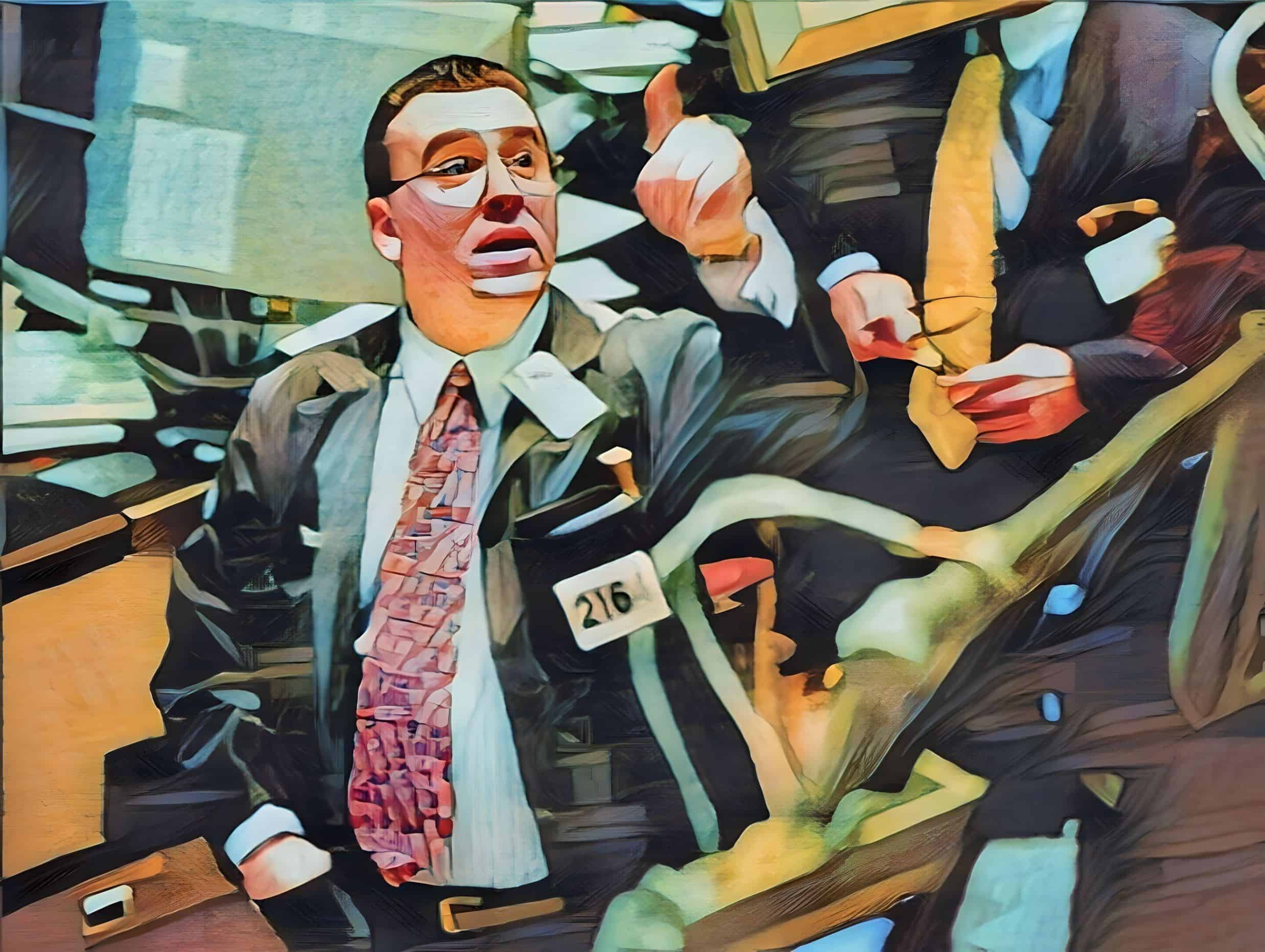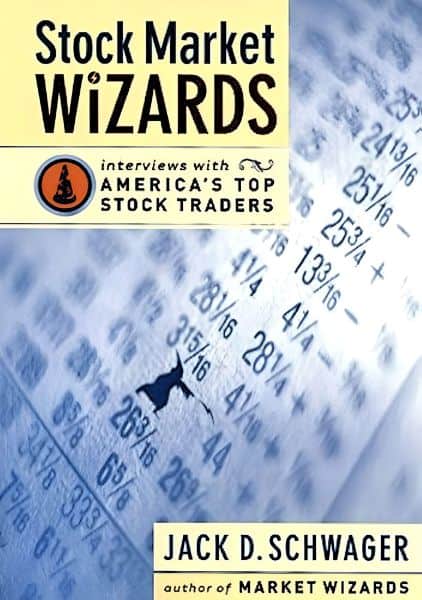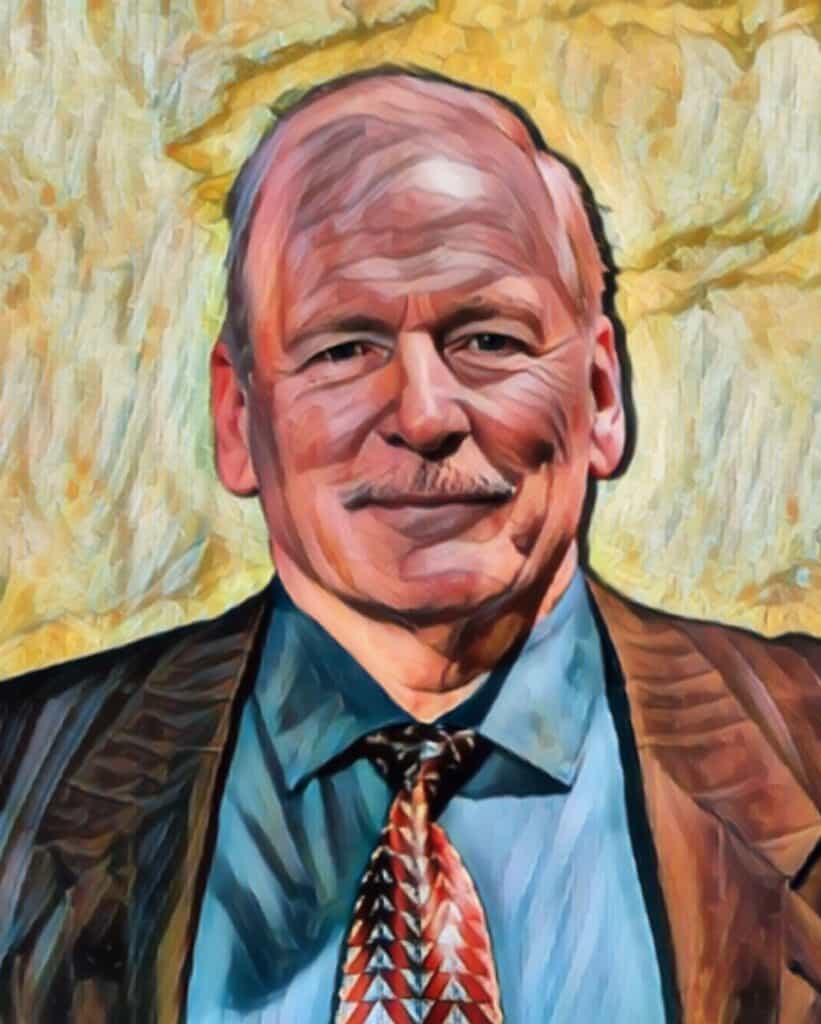Randy McKay is a legendary investor who began trading currency futures in 1970 while working as a runner on the Chicago Mercantile Exchange floor. He eventually took over his brother’s seat on the exchange with $2,000 in his account and within seven months, turned that amount into $70,000. He went on to pull hundreds of millions of dollars from the market over the following decades. The following is an analysis of Randy McKay’s trading approach along with his market insights:
Randy McKay’s First Major Trade
McKay explained his first big trade in Jack Schwager’s The New Market Wizards:
In 1976, the British government announced that they weren’t going to allow the pound to trade above $1.72. […]To my surprise, the market responded to the announcement by immediately going to $1.72. The pound then fell back to $1.68 and rebounded again up to $1.72. […]The price range steadily converged until the pound was trading narrowly just below the $1.72 level. Most of the people I knew said, “They’re not going to let it go above $1.72. We might as well sell it. It’s a no-risk trade.” I saw it differently. To me, the market looked like it was locked limit-up. […] I felt that if the government announced that they weren’t going to let the price go above a certain level and the market didn’t break, it indicated that there must be tremendous underlying demand. I thought to myself, “This could be the opportunity of a lifetime.” Up to that point in time, the largest position I had ever taken was thirty or forty contracts. I went long two hundred British pound contracts. Although intellectually I was convinced that I was right, I was scared to death because the position was so much larger than what I had been trading. In those days, there was no Reuters or similar service providing cash market quotes in the currencies. I was so nervous about my position that I woke up at five o’clock each morning and called the Bank of England to get a quote.[…]One morning, I made the call from my kitchen, and when I asked the clerk for the quote, he answered, “The pound is at $1.7250.” I said, “What!? You mean $1.7150, don’t you?” “No,” he replied. “It’s $1.7250.” I realized that was it. By that time, I had gotten my brother and a number of my friends into the trade, and I was so excited that I called all of them with the news. I was so confident that I even bought some more contracts for myself. I then just sat back and watched the market ride all the way up to the $1.90 level.
Within a span of forty-five minutes, McKay bought 1400 contracts, allocating 400 for himself and the rest for his friends and family. He ended up earning $1.3 million in profits from that trade.
When you come across a rare opportunity like this, it’s crucial to keep in mind the “Totis Porcis” principle and take full advantage.
Randy McKay On Profiting From A Market Trend
One of my favorite trades was being short the Canadian dollar from about 85 cents down to under 70 cents during the early 1980s.[…] the Canadian government had a policy of not intervening aggressively to support its currency. It would intervene halfheartedly at obvious points (for example, 120 to the U.S. dollar, 130, 140) for a few days and then let the Canadian dollar go. It was a very easy move. I was able to hold between one thousand and fifteen hundred contracts for virtually the entire decline, which spanned five years. […] That government policy, however, changed in the course of the price move I’m talking about. The Canadian dollar eventually declined to 67 cents. Then, one day, it opened 120 points higher. The next day it opened 120 points higher again. My profits declined by over $1 million on each of these two successive days, which helped wake me up a little bit. On the third day, there was a story on Reuters quoting Prime Minister Mulroney, and I’m paraphrasing here, “We will not allow Chicago speculators to determine the value of our currency. Our currency is solid and we will not permit it to fall apart because of a bunch of gamblers.” Touché. […] When the trade was easy, I wanted to be in, and when it wasn’t, I wanted to be out. In fact, that is part of my general philosophy on trading: I want to catch the easy part. […] It’s the meat of the move.
There are countless different ways to “skin the cat” and develop an edge in the market. Oftentimes, two traders can both be successful using methods that are completely opposed to each other. For example, McKay prefers to profit from the middle of a trend, instead to the beginning or the end. Legendary investor Paul Tudor Jones’ trading strategy, on the other hand, does the exact opposite:
Everyone says you get killed trying to pick tops and bottoms and you make all the money by catching the trends in the middle… I have often missed the meat in the middle, but I have caught a lot of bottoms and tops… ~ Paul Tudor Jones
Randy McKay On Risk Control and Position Sizing
In my first significant loss, I was short the Deutsche mark when the market went limit-up. I could still have gotten out limit-up, but I didn’t. The next day, the market went limit-up again. I ended up not only doubling my loss, but it also took me two months to recover to my account size before that trade. I basically learned that you must get out of your losses immediately.[…] When I get hurt in the market, I get the hell out. It doesn’t matter at all where the market is trading. I just get out, because I believe that once you’re hurt in the market, your decisions are going to be far less objective than they are when you’re doing well. […] If you stick around when the market is severely against you, sooner or later they’re going to carry you out. […] As long as you’re in the position, there’s tremendous anxiety. Once you get out, you begin to forget about it. If you can’t put it out of your mind, you can’t trade.
Risk control not only requires entering and exiting trades at the right time, but also sizing your positions based on your current win rate and mental state:
The most important advice is to never let a loser get out of hand. You want to be sure that you can be wrong twenty or thirty times in a row and still have money in your account. When I trade, I’ll risk perhaps 5 to 10 percent of the money in my account. If I lose on that trade, no matter how strongly I feel, on my next trade I’ll risk no more than about 4 percent of my account. If I lose again, I’ll drop the trading size down to about 2 percent. I’ll keep on reducing my trading size as long as I’m losing. I’ve gone from trading as many as three thousand contracts per trade to as few as ten when I was cold, and then back again. […]
When you’re trading well, you have a better mental attitude. When you’re trading poorly, you start wishing and hoping. Instead of getting into trades you think will work, you end up getting into trades you hope will work. In other words, you want to wait until you get back into the proper frame of mind, but the only way you can do that is by winning, and you don’t want to bet large in the meantime.
McKay’s strategy shares a lot of similarities with Bill Lipschutz’s trading strategy in which they both emphasize the importance of being mindful of your emotional state during drawdowns to avoid making impulsive decisions and thereby effectively manage risk.
If you want more lessons from legendary investors like Randy McKay, check out our free guide on the strategies of the most successful traders here.










